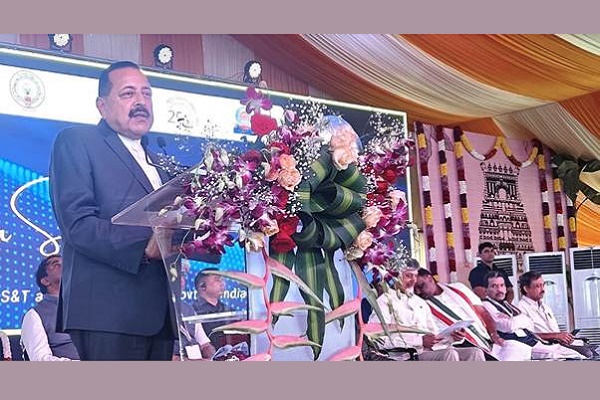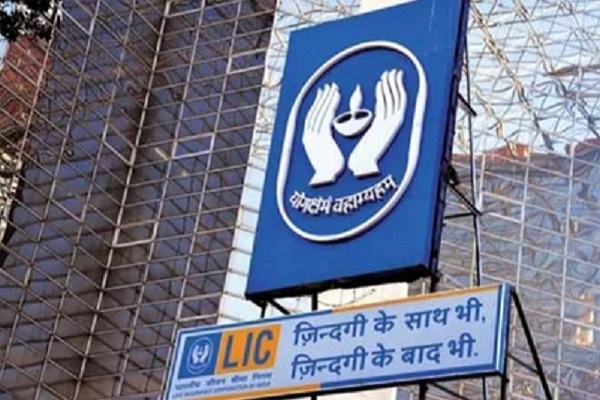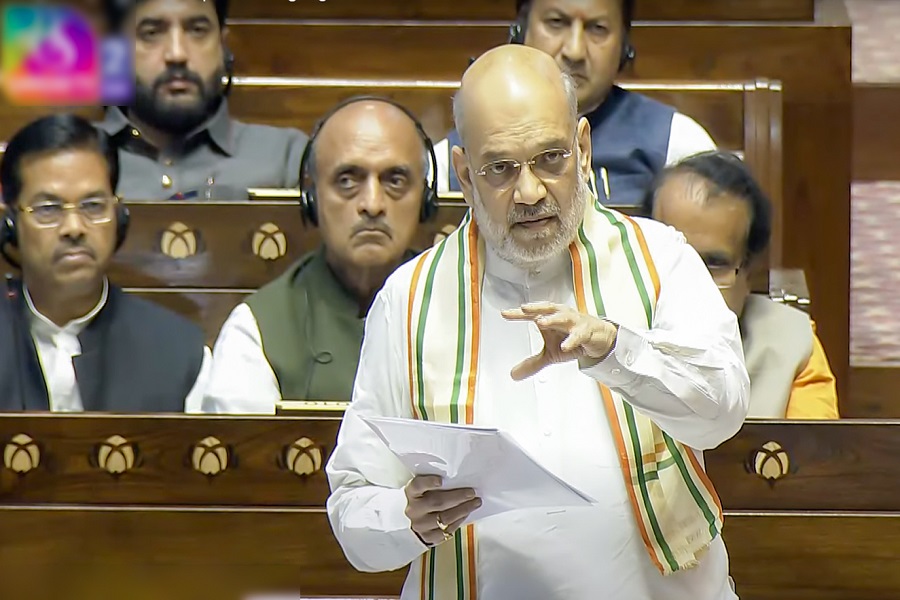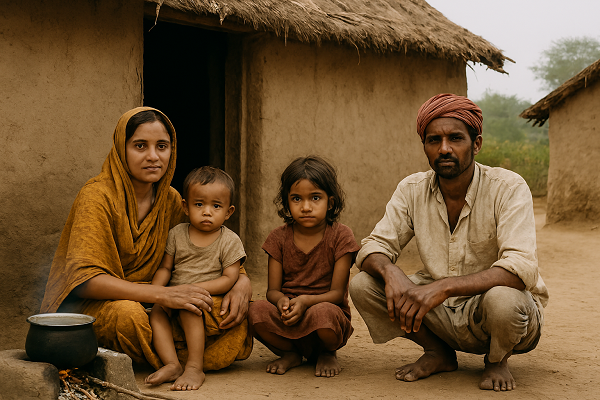The Life of an Indian Farmer: Challenges, Traditions, and Modern Transformations

IntroductionIndia, an agrarian economy, relies heavily on its farmers, who form the backbone of the nation. The life of an Indian farmer is marked by dedication, resilience, and an unbreakable bond with the land. While agriculture has been practiced in India for centuries, it has evolved with technological advancements, government initiatives, and changing socio-economic conditions. This article delves into the daily life, traditions, struggles, and future of Indian farmers.
1. The Daily Routine of an Indian Farmer
An Indian farmer’s life revolves around the land, weather, and seasons. Their routine is physically demanding and deeply connected to nature.
Early Morning:
Farmers wake up before dawn, offering prayers to their deities for a good harvest. They begin their day by feeding livestock and preparing for fieldwork.
Mid-Morning to Afternoon:
Activities include plowing fields, sowing seeds, watering crops, and using fertilizers. Some farmers rely on bullocks, while others use tractors and modern irrigation systems.
Evening:
After a long day, farmers return home, attend to household chores, and spend time with family. Many engage in discussions about market rates and future planting strategies.
Despite their hard work, many Indian farmers face financial instability due to fluctuating crop prices and climatic challenges.
2. Different Types of Farming in India
Indian agriculture is diverse, with different farming methods based on region, climate, and cultural practices.
Subsistence Farming:
Small-scale farming where crops are grown primarily for personal consumption.
Commercial Farming:
Large-scale farming with cash crops like sugarcane, cotton, and spices for sale in markets.
Organic Farming:
Increasingly popular, using natural fertilizers and eco-friendly techniques.
Livestock Farming
Rearing cattle, poultry, goats, and buffaloes for milk, eggs, and meat production.
Horticulture:
Cultivation of fruits, vegetables, flowers, and medicinal plants.
Aquaculture & Inland Fisheries:
Practiced in coastal states, contributing significantly to India’s economy.
3. Challenges Faced by Indian Farmers
Despite their crucial role, Indian farmers face several obstacles:
Climate Change:
Unpredictable monsoons, droughts, and floods lead to crop failures.
Debt and Financial Burdens:
Many farmers rely on loans but struggle with repayment due to poor yields or market fluctuations.
Middlemen & Low Profit Margins:
Farmers often sell produce at lower rates due to middlemen controlling the supply chain.
Land Fragmentation:
Small landholdings limit mechanization and profitability.
Lack of Modern Equipment:
Many farmers still use traditional tools, reducing productivity.
Pesticide & Fertilizer Dependence:
Overuse of chemicals affects soil health and sustainability.
Government policies, subsidies, and technological interventions aim to improve the conditions of Indian farmers, but challenges persist.
4. Cultural and Traditional Aspects of Indian Farming
Agriculture in India is not just an occupation; it is a way of life deeply rooted in traditions.
Festivals and Harvest Celebrations:
Festivals like Makar Sankranti, Pongal, Lohri, and Baisakhi are dedicated to thanking nature for a good harvest.
Community Bonding:
Farming communities share resources, help each other during sowing and harvesting seasons, and maintain strong social ties.
Sacred Connection with Land:
Many Indian farmers consider their land sacred and worship nature deities before sowing.
Traditional Wisdom:
Indigenous farming techniques, such as crop rotation and mixed farming, are still practiced in rural India.
5. Government Initiatives for Farmers
Recognizing the importance of agriculture, the Indian government has introduced various schemes and policies to support farmers:
PM Kisan Samman Nidhi Yojana:
Provides direct financial assistance to small and marginal farmers.
Kisan Credit Card (KCC):
Offers easy credit access for buying seeds, fertilizers, and equipment.
Soil Health Card Scheme:
Helps farmers monitor soil quality and use the right fertilizers.
eNAM (National Agriculture Market):
Online platform for selling agricultural produce at fair prices.
Subsidies on Machinery & Irrigation:
Encourages mechanization and efficient water use.
While these initiatives aim to improve the livelihood of farmers, their implementation and reach vary across regions.
6. The Future of Indian Farming
With advancements in technology and sustainable practices, Indian farming is gradually evolving.
Precision Farming:
Use of AI, drones, and IoT for better yield prediction and crop management.
Vertical & Hydroponic Farming:
Urban farmers are experimenting with growing crops in controlled environments without soil.
Sustainable Agriculture
: Emphasis on organic practices, natural fertilizers, and reduced chemical usage.
Youth Participation:
More young individuals are taking an interest in agribusiness and farm entrepreneurship.
Global Market Access:
Farmers are now exporting high-value crops like spices, mangoes, and organic products worldwide.
The combination of tradition and innovation holds the key to a prosperous agricultural future in India.
Conclusion
The life of an Indian farmer is a blend of hard work, tradition, and perseverance. Despite challenges, they continue to feed the nation, preserving the essence of rural India. Supporting farmers through fair trade, technology, and government policies is essential for a sustainable agricultural future. As India modernizes, ensuring that farmers reap the benefits of progress will be crucial in maintaining food security and economic growth.
























